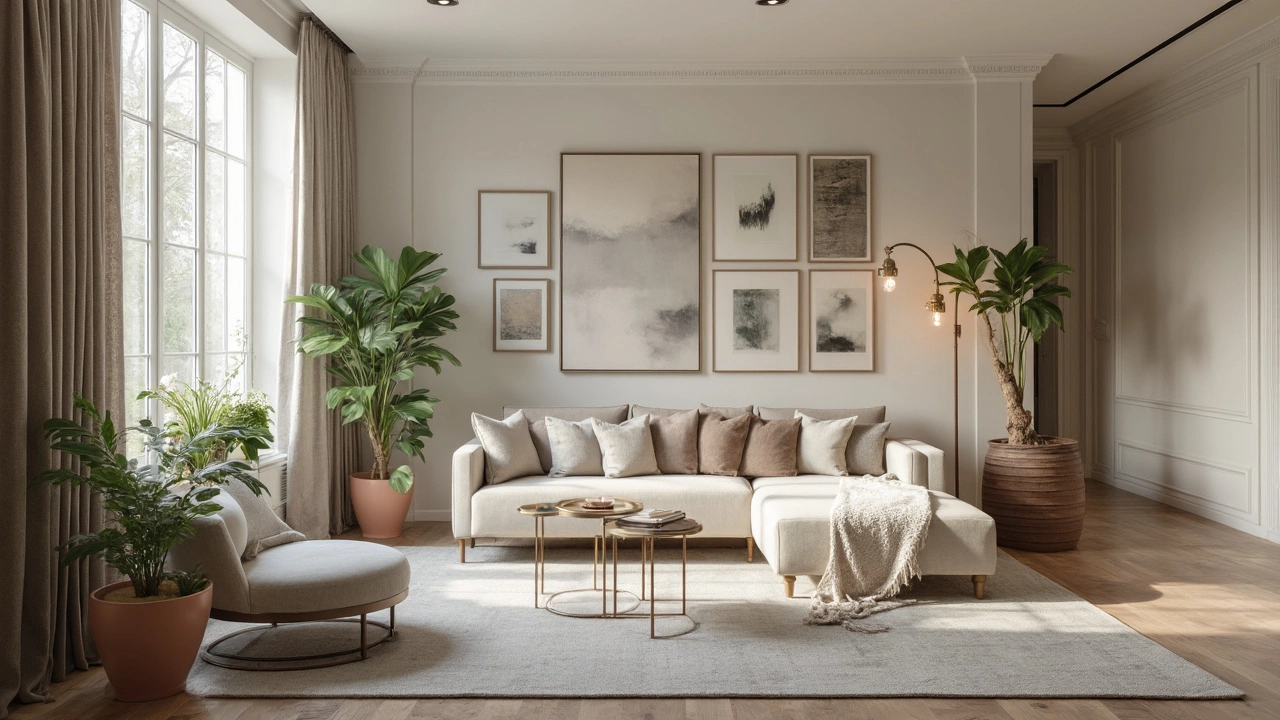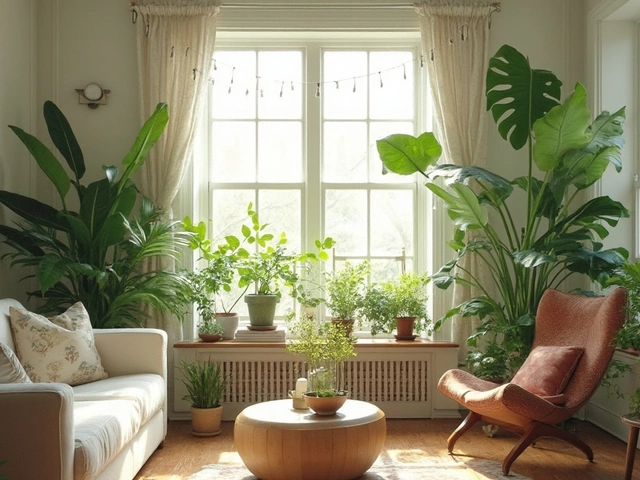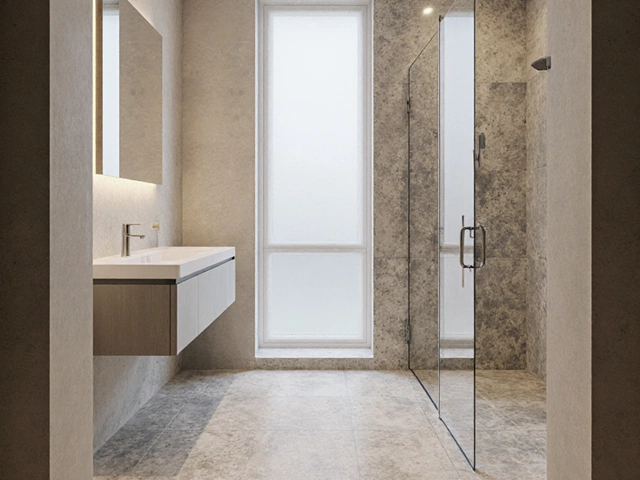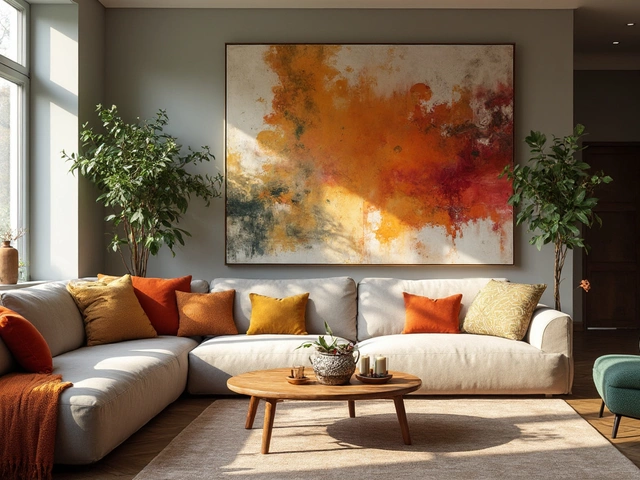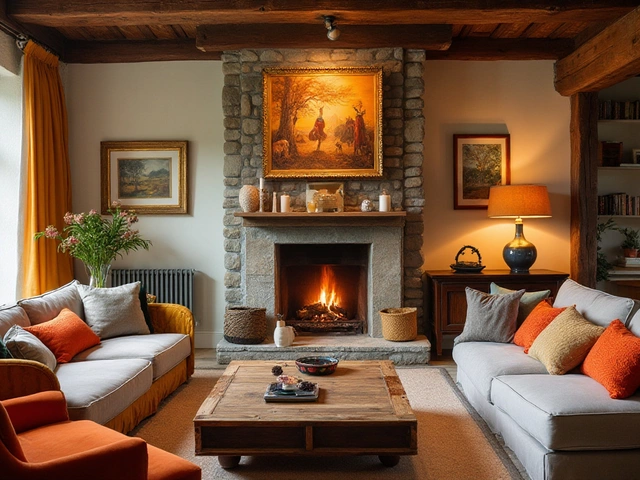Expensive Interior Design Ideas – How to Enjoy Luxury Without Overspending
Ever walked into a showroom and felt the wow factor of a high‑end sofa or a marble countertop, then wondered if you could ever afford it? You’re not alone. Luxury design doesn’t have to mean draining your savings, but knowing when and where to spend can make a big difference in how your home feels.
First, figure out what "expensive" actually means for you. Is it a designer brand, premium material, or the craftsmanship behind a piece? Pinpointing the real value helps you decide if the price tag matches the impact you want. For many homeowners, a single statement item—like a bold chandelier or a custom rug—creates the luxe vibe without a full‑room makeover.
Why Go Expensive?
High‑end items often bring durability, timeless style, and a sense of exclusivity. A well‑made leather sofa, for example, can outlive cheaper alternatives and develop a beautiful patina over years. Similarly, natural stone surfaces not only look upscale but also stand up to heat, moisture, and heavy use better than laminate.
Another plus is resale value. Quality pieces can boost your home’s market appeal, especially in competitive neighborhoods. Buyers notice authentic, lasting finishes and may be willing to pay more for a space that feels already curated.
Smart Ways to Spend More Wisely
Start with a focal point that draws the eye—a striking piece of art, a designer armchair, or a statement lighting fixture. Once that anchor is in place, the rest of the room can be styled with more affordable accessories.
Mix high‑end with budget-friendly finds. Pair a luxe sofa with solid‑color cushions from a local market, or choose a designer coffee table and pair it with a simple, inexpensive rug. This contrast keeps the space feeling rich without looking over‑the‑top.
Consider “in‑between” options like high‑quality replicas or limited‑edition collections. Many manufacturers offer collections that capture the look of iconic designs at a fraction of the cost. These pieces often use similar materials and construction standards, giving you the aesthetic without the sky‑high price.
Don’t forget the power of DIY upgrades. Swapping out hardware on cabinets, repainting a dated dresser, or adding a fresh coat of sealant to a wooden floor can instantly elevate the look. You keep the expensive feel while putting your own hands on the project.
Finally, plan for the long term. Invest in pieces that age well—think neutral color palettes, classic silhouettes, and timeless materials. Trends come and go, but a well‑chosen, high‑quality item stays relevant and continues to add value for years.
In short, splurging on interior design isn’t about blowing your budget; it’s about making strategic choices that bring lasting style and function to your home. Use the tips above, focus on key statement pieces, and blend them with smart, affordable accents. Your space will feel indulgent, and your wallet will thank you later.

